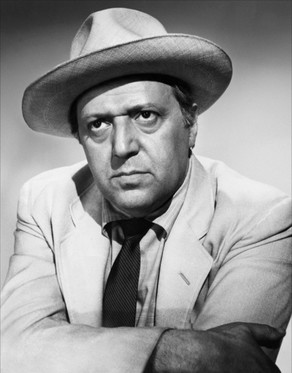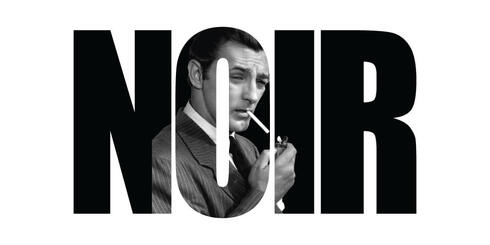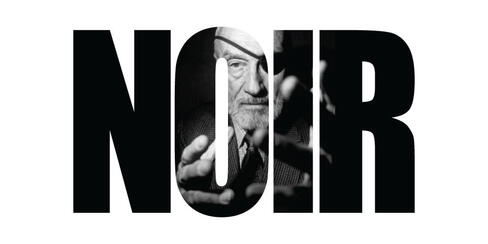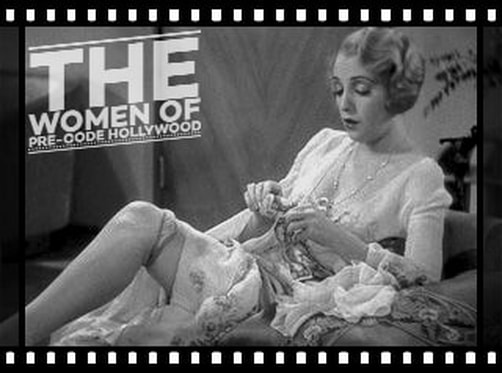
Hugo Haas
Active - 1940 - 1968 | Born - Feb 19, 1901 in Brno, Czechoslovakia | Died - Dec 1, 1968 in Vienna, Austria | Genres - Drama, Crime
Czech-born movie "renaissance man" Hugo Haas is usually excluded from the more scholarly works on film directors, which in a way is a crime: if ever there was an auteur who placed his personal signature on every one of his films, it was the redoubtable Mr. Haas. His film career began in Czechoslovakian comedies, many of which he also scripted.
Fleeing his native country when Hitler's armies marched in (a perilous incident he later created on an episode of TV's Screen Director's Playhouse), Haas came to the U.S., where he narrated short-wave broadcasts to the Czech underground. In 1944, Haas resumed his acting career in Hollywood, specializing in oily European villains. Once he'd saved up enough capital from his acting jobs, Haas set up shop as an independent producer/director, turning out a dozen low-budget melodramas between 1951 and 1959. Bearing titles like Pickup (1951), Bait (1953), and Thy Neighbor's Wife (1954), the bulk of Haas' films told the same story over and over: A lonely middle-aged man (always played by Haas) is lured into a ill-advised sexual relationship with a blonde trollop (nearly always played by Haas' protégée Cleo Moore), with fatal results. Amazingly, Haas managed to turn out one "quality" film, the multiple-personality drama Lizzie (1957). Hugo Haas' final cinematic efforts eschewed melodrama for syrupy sentiment: in his last film, Paradise Alley (filmed in 1959 and released in 1962), Haas plays a washed-up movie director who tries to prove that people are basically good at heart.
Available Films:
Active - 1940 - 1968 | Born - Feb 19, 1901 in Brno, Czechoslovakia | Died - Dec 1, 1968 in Vienna, Austria | Genres - Drama, Crime
Czech-born movie "renaissance man" Hugo Haas is usually excluded from the more scholarly works on film directors, which in a way is a crime: if ever there was an auteur who placed his personal signature on every one of his films, it was the redoubtable Mr. Haas. His film career began in Czechoslovakian comedies, many of which he also scripted.
Fleeing his native country when Hitler's armies marched in (a perilous incident he later created on an episode of TV's Screen Director's Playhouse), Haas came to the U.S., where he narrated short-wave broadcasts to the Czech underground. In 1944, Haas resumed his acting career in Hollywood, specializing in oily European villains. Once he'd saved up enough capital from his acting jobs, Haas set up shop as an independent producer/director, turning out a dozen low-budget melodramas between 1951 and 1959. Bearing titles like Pickup (1951), Bait (1953), and Thy Neighbor's Wife (1954), the bulk of Haas' films told the same story over and over: A lonely middle-aged man (always played by Haas) is lured into a ill-advised sexual relationship with a blonde trollop (nearly always played by Haas' protégée Cleo Moore), with fatal results. Amazingly, Haas managed to turn out one "quality" film, the multiple-personality drama Lizzie (1957). Hugo Haas' final cinematic efforts eschewed melodrama for syrupy sentiment: in his last film, Paradise Alley (filmed in 1959 and released in 1962), Haas plays a washed-up movie director who tries to prove that people are basically good at heart.
Available Films:




